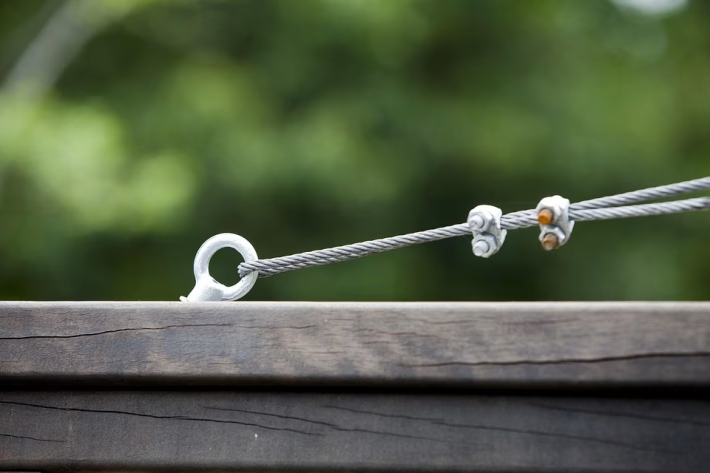Integrate with Ease: The Ultimate Guide to CRM Webhook Configuration

In today’s fast-paced digital landscape, businesses are continually searching for reliable ways to automate interactions between their various software systems. One of the most effective methods for achieving this is through the use of webhooks. Webhooks facilitate real-time data updates and notifications, making them essential for maintaining seamless workflows in Customer Relationship Management (CRM) systems.
What Are Webhooks?
Webhooks are automated messages sent from one application to another when specific events occur. Unlike traditional APIs, which require dedicated polling to fetch updates, webhooks enable one app to push new data to another instantly. This means fewer delays, lower resource consumption, and a more streamlined operational flow.
Why Configure Webhooks for Your CRM?
-
Real-time Notifications: Webhooks ensure you receive updates as soon as an event occurs, reducing response time.
-
Improved Workflows: With automatic notifications, you can create better workflows that depend on up-to-date information.
-
Enhanced User Experience: Your team can access real-time data, leading to quicker decision-making and improved customer interactions.
- Reduced Redundancy: With the ability to automate data sharing between platforms, you minimize manual data entry, reducing the chances of errors.
How to Configure Webhooks in Your CRM
Step 1: Identify the Event Trigger
Before you can set up a webhook, determine which CRM events you want to track. Examples include new leads, customer messages, or updates to customer data.
Step 2: Create a Webhook URL
The webhook URL is the endpoint to which the CRM will send data when the specified event occurs. This should point to a service or application capable of processing incoming data.
Step 3: Set Up the Webhook in Your CRM
Most modern CRMs support webhook configuration via their settings or API section. You’ll typically need to:
- Navigate to the webhooks section.
- Input the URL you created in Step 2.
- Select the events you want to trigger the webhook.
Step 4: Test the Configuration
Before going live, test your webhook to ensure that the data is sent correctly and received without issues. Many CRM platforms provide testing tools for this purpose.
Step 5: Monitor and Optimize
Once your webhook is live, keep an eye on its performance. Monitor for any errors or missed events and make adjustments as necessary.
Why Choose Ancoia for Your CRM Needs?
Integrating webhooks into your workflow can be difficult, especially when using multiple platforms. Enter Ancoia, a groundbreaking tool designed to simplify this process! With Ancoia, you can effortlessly connect various applications and automate your CRM tasks without the complexities often associated with webhook configurations.
Benefits of Using Ancoia
-
User-Friendly Interface: Even if you’re not a developer, Ancoia’s intuitive design allows you to set up webhooks with ease.
-
Comprehensive Integration Options: From e-commerce platforms to marketing tools, Ancoia supports a wide range of applications, ensuring you can connect all the tools your team loves.
-
Real-time Data Syncing: Ancoia guarantees that your data is always up-to-date across all your integrated platforms, so you can focus on what matters—growing your business.
- Robust Support: Our dedicated support team is available to assist you should any questions arise, ensuring a smooth integration experience.
Take the Leap – Sign Up for Ancoia Today!
Your business deserves to run on the most efficient systems available. Integrate your CRM with minimal hassle and maximum efficiency using Ancoia’s powerful features. Don’t let complicated webhook configurations slow you down!
Sign up now and start transforming your CRM experience with ease by visiting Ancoia. Take control of your business workflows and unleash the full potential of your CRM with Ancoia!
🚀 Try Ancoia for FREE today and experience the power of business automation!
🔗 Sign up now and get a 7-day free trial



